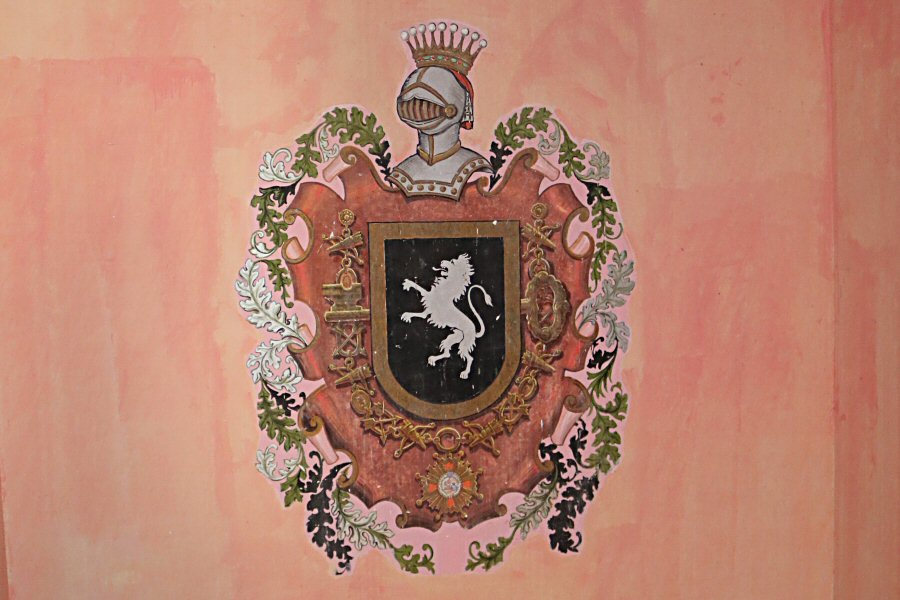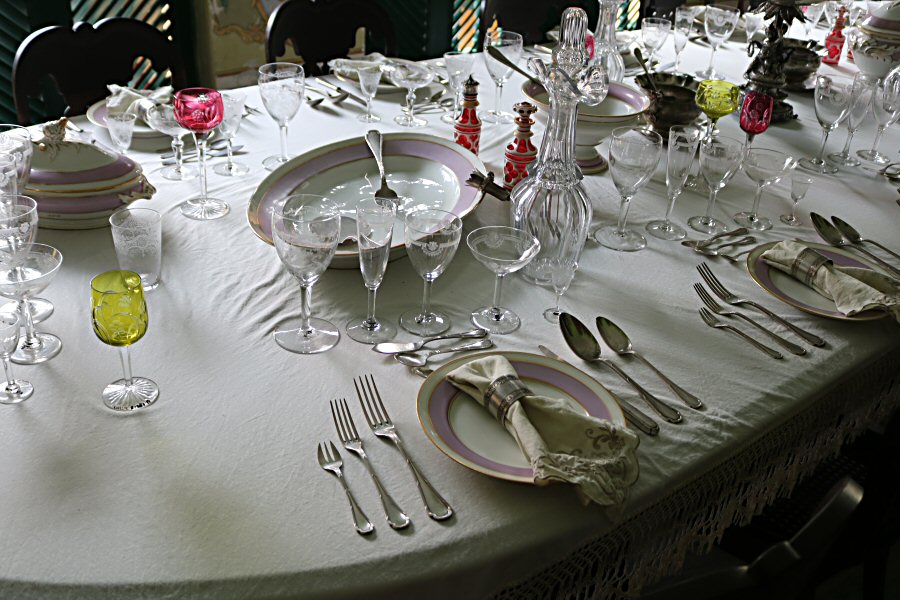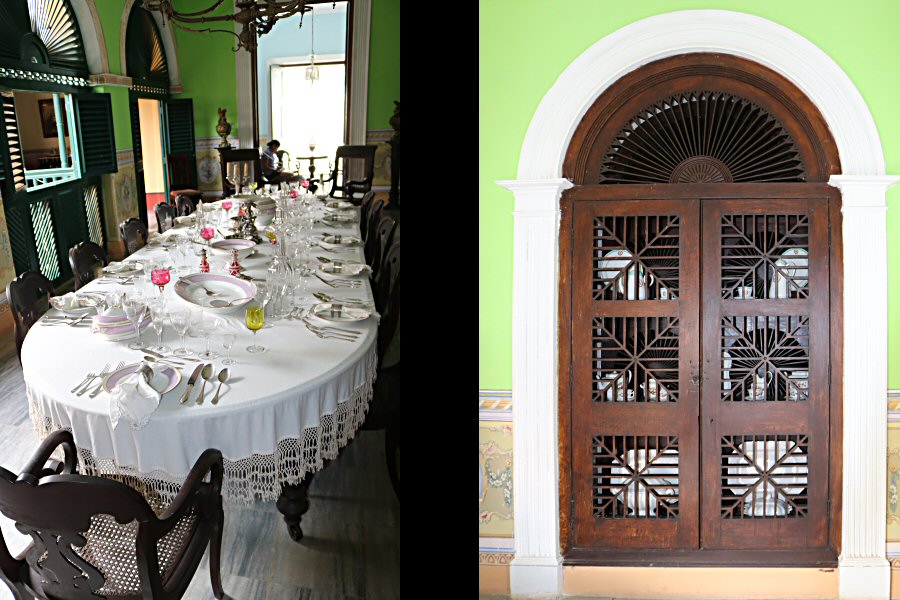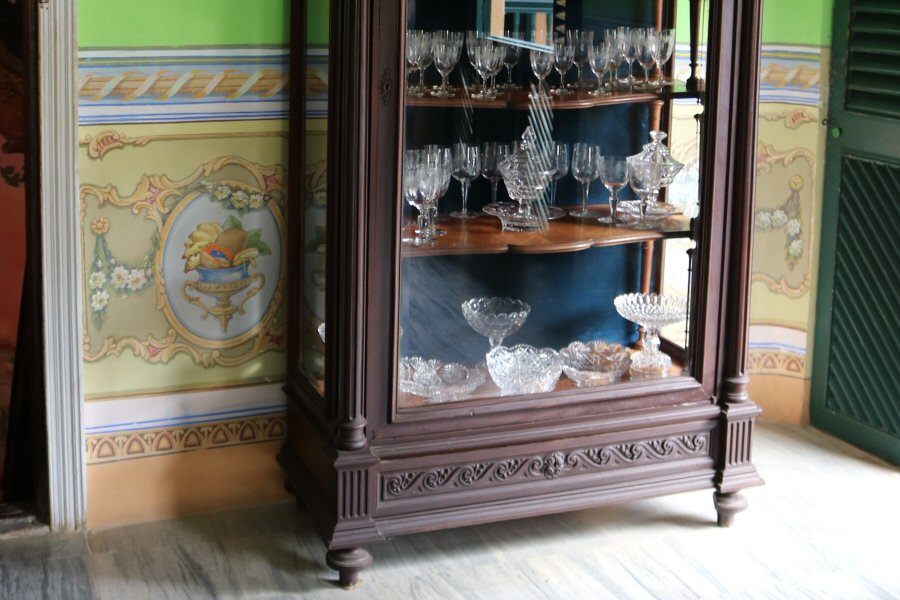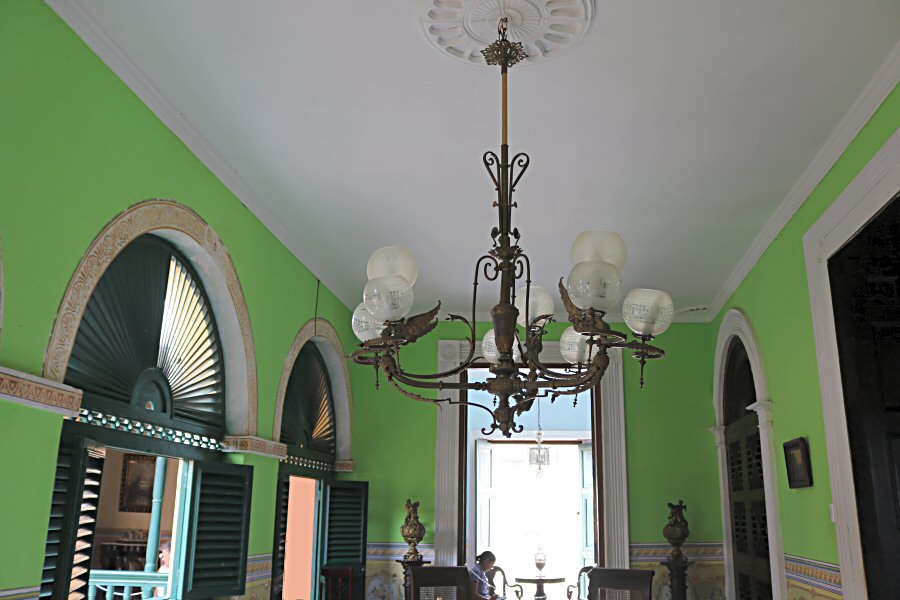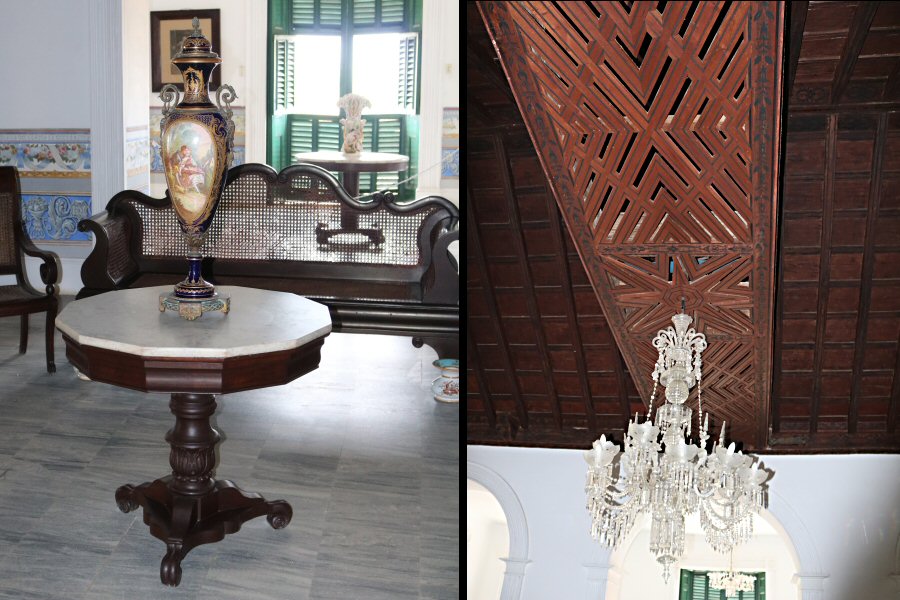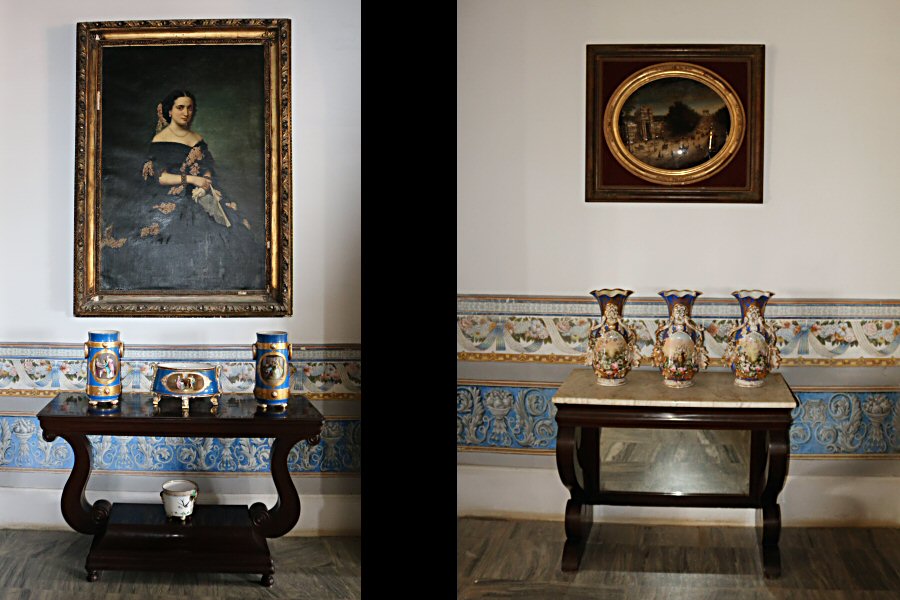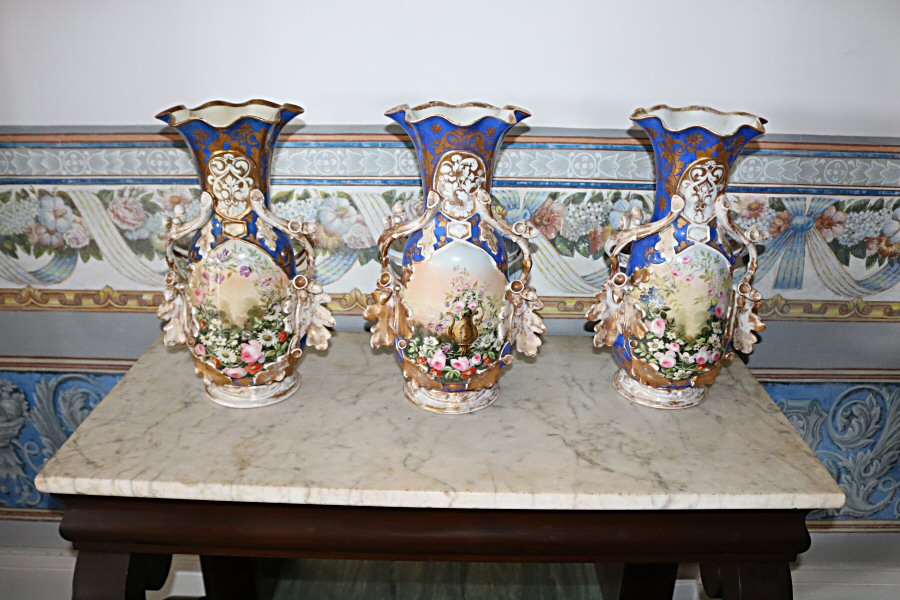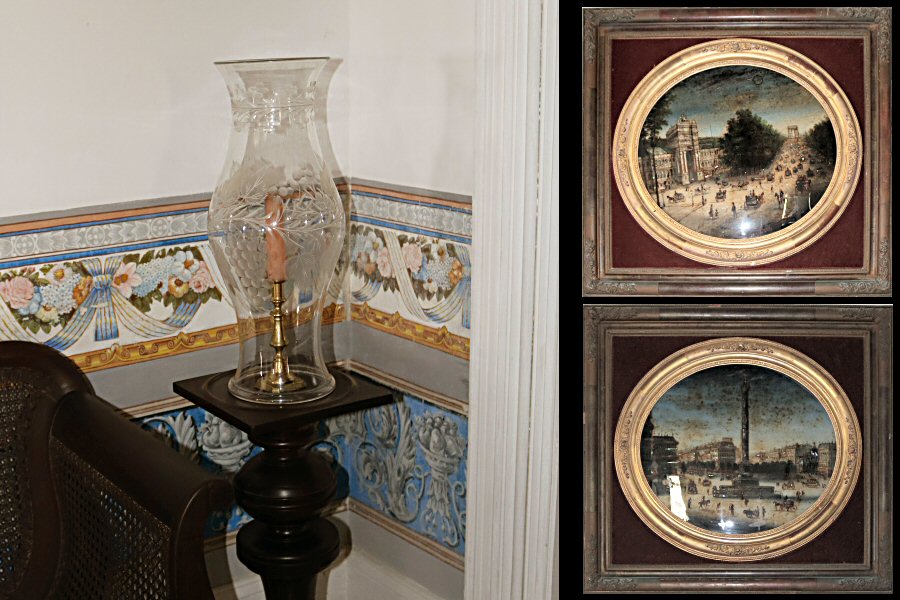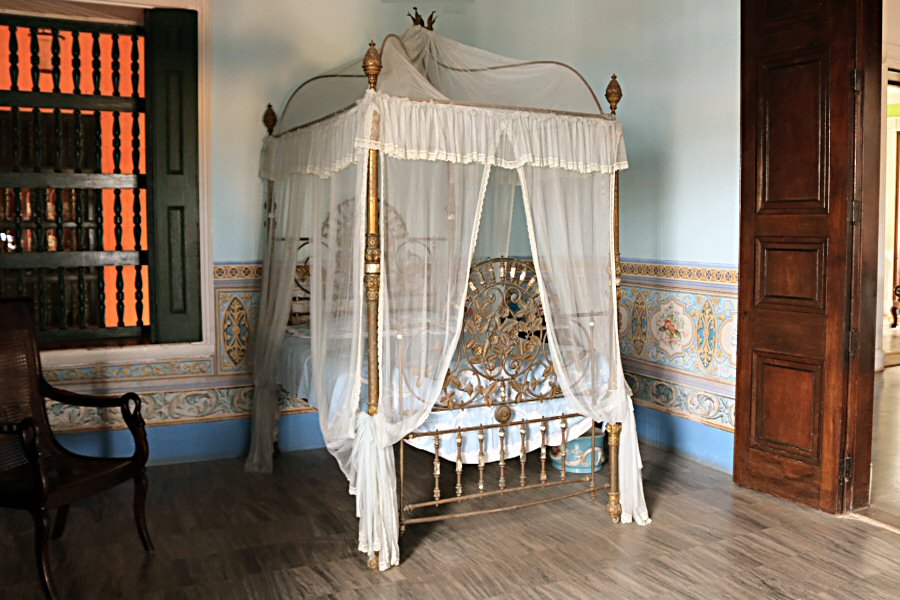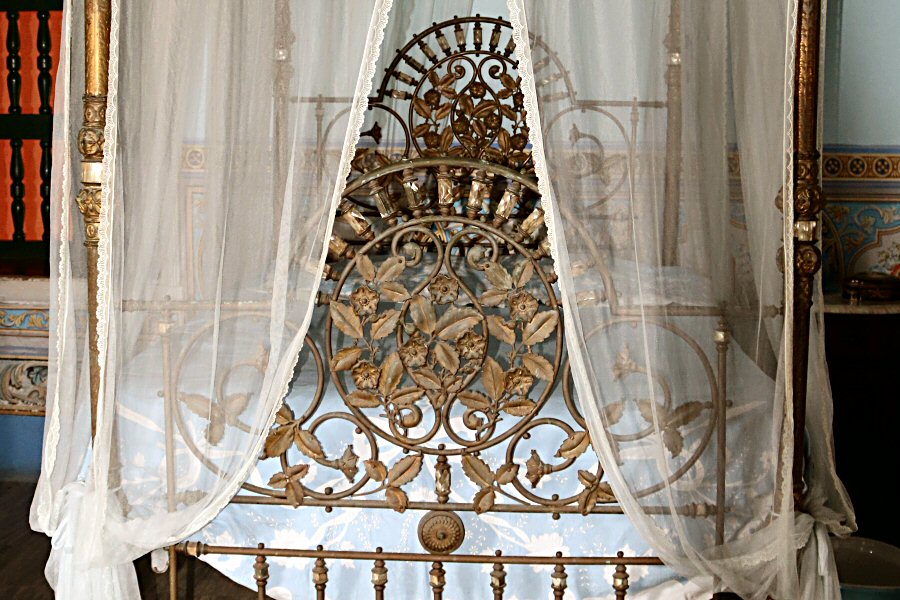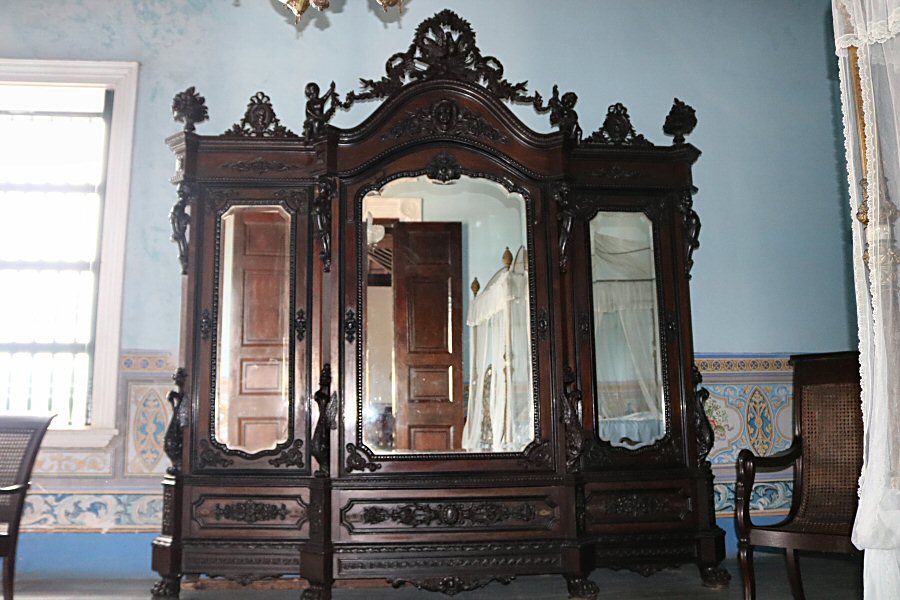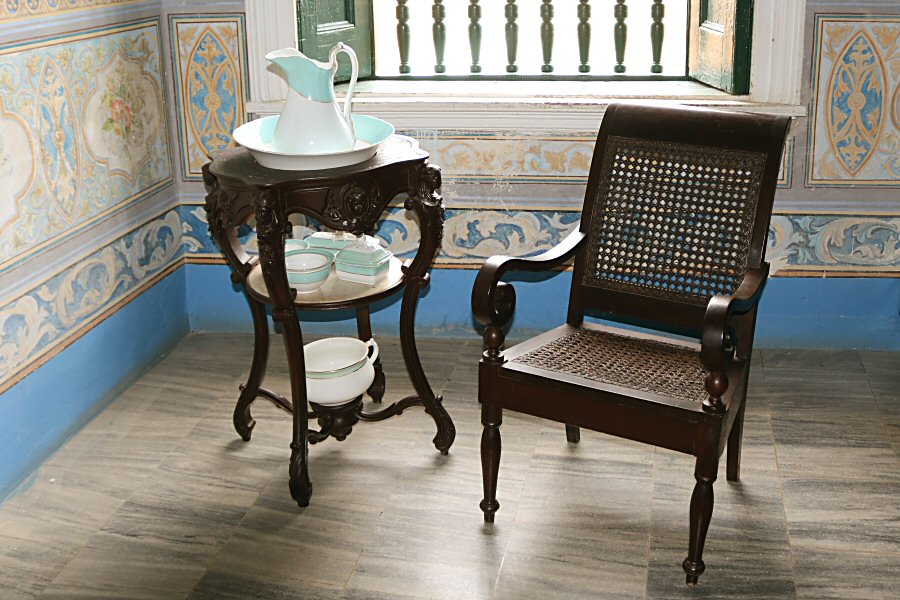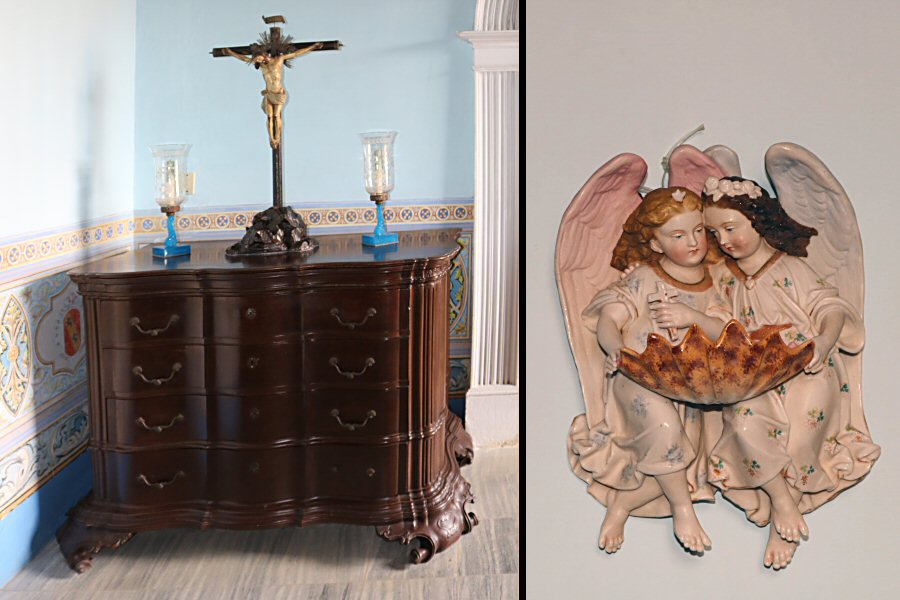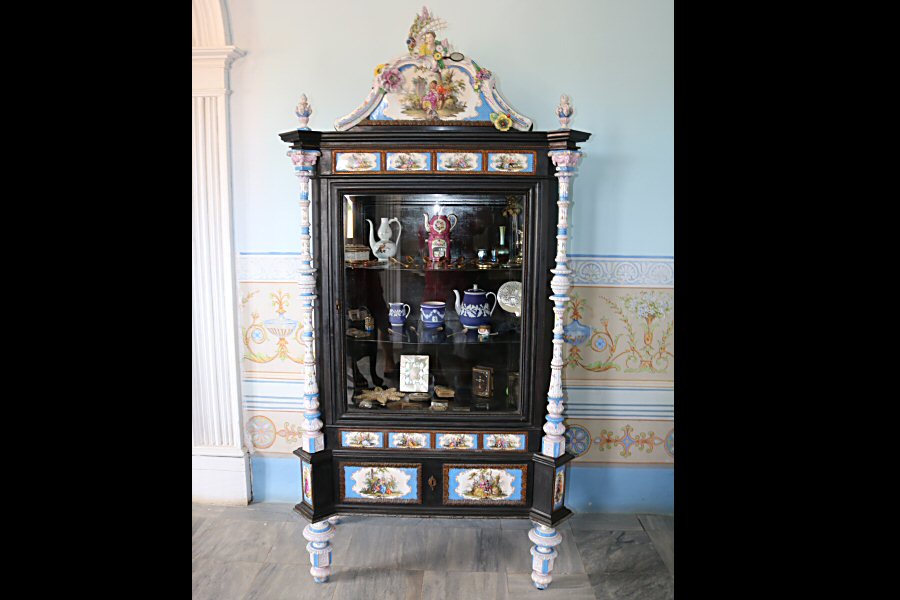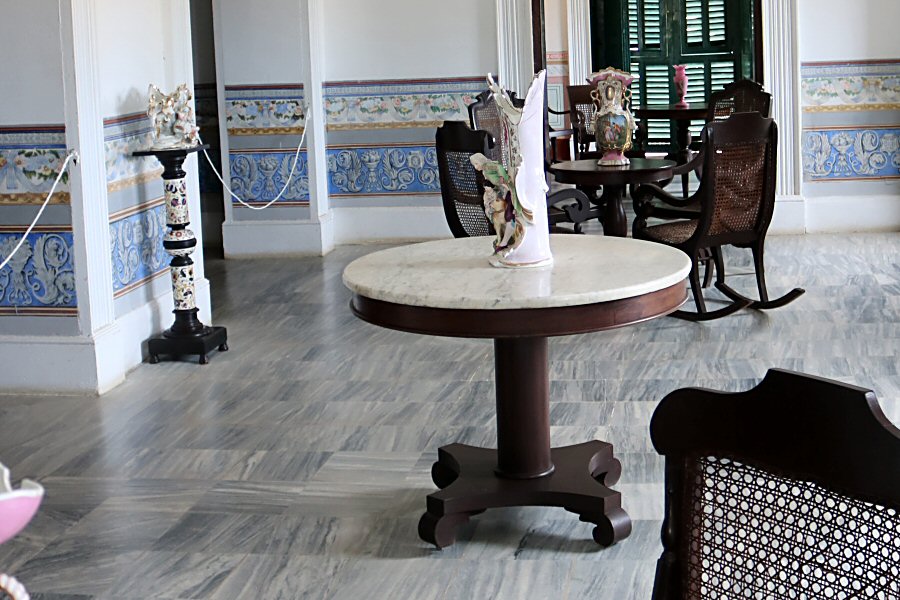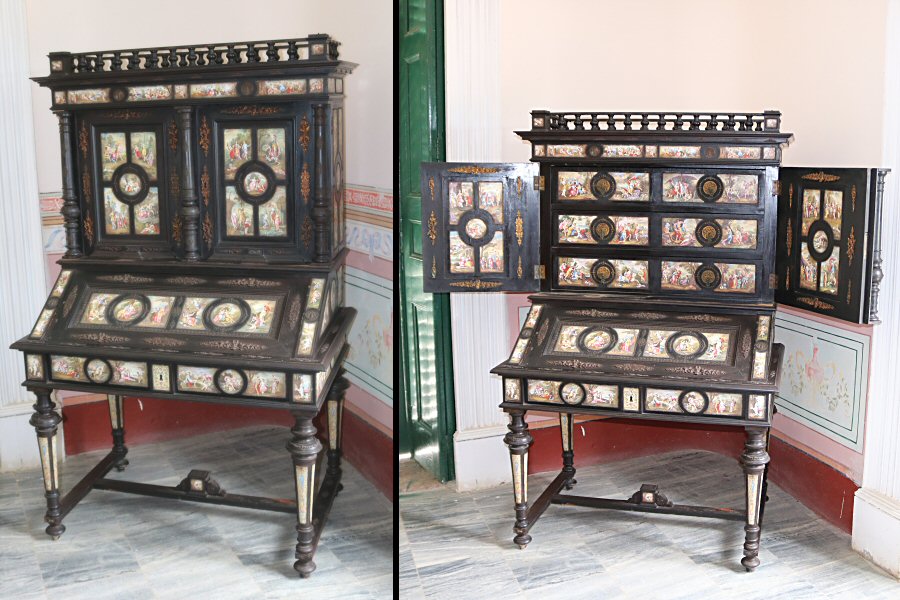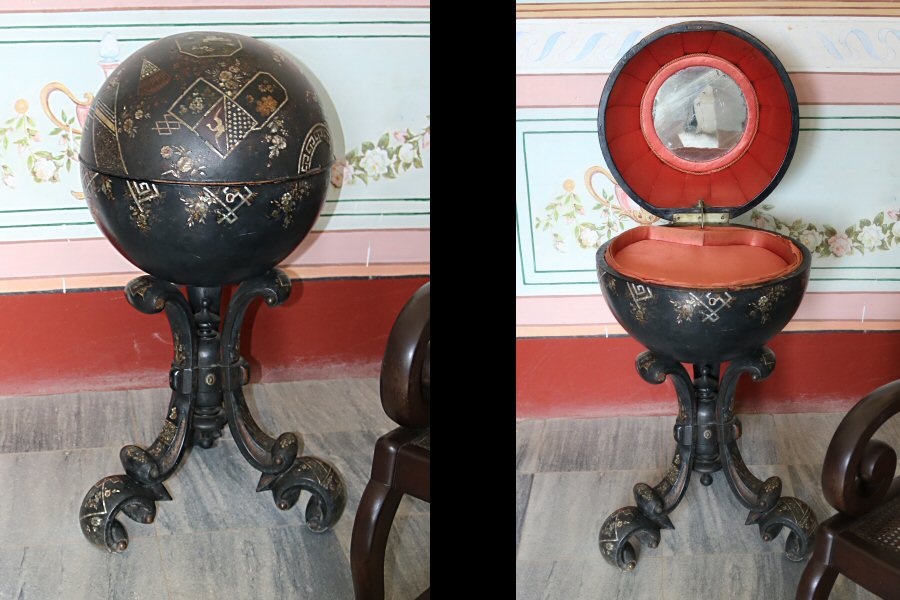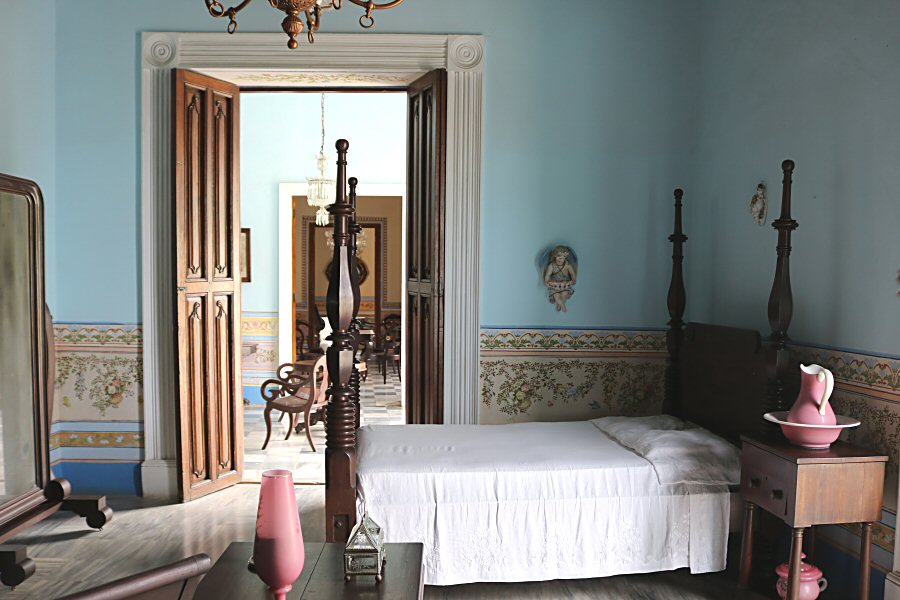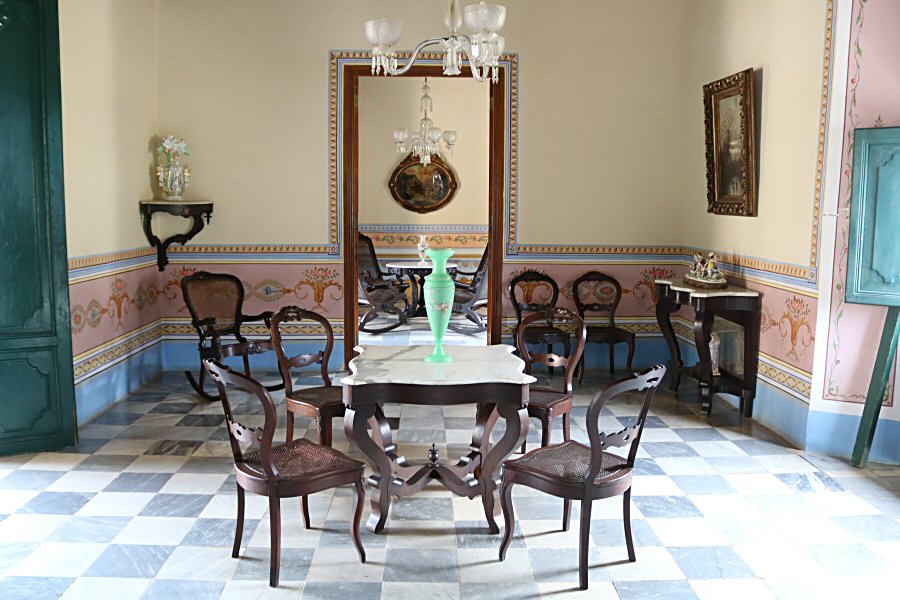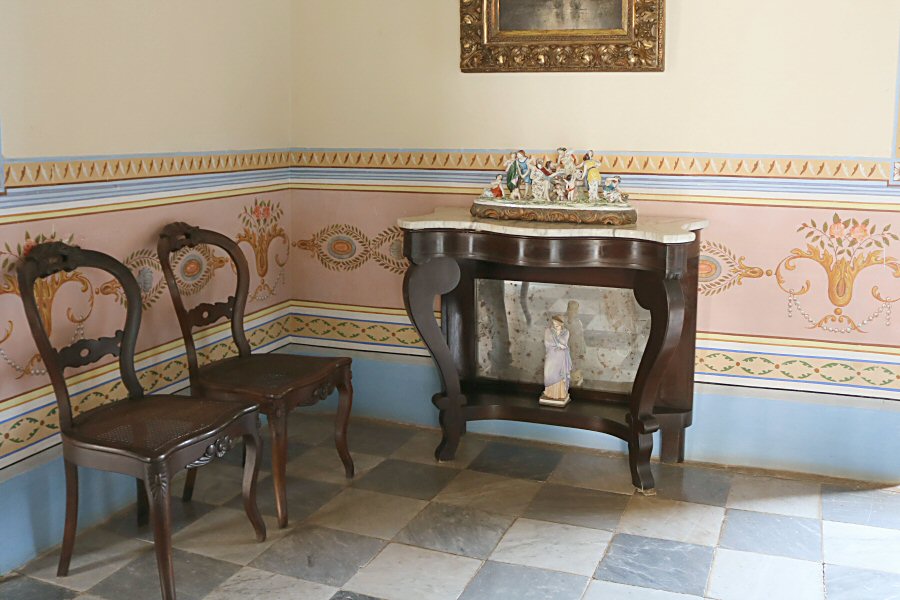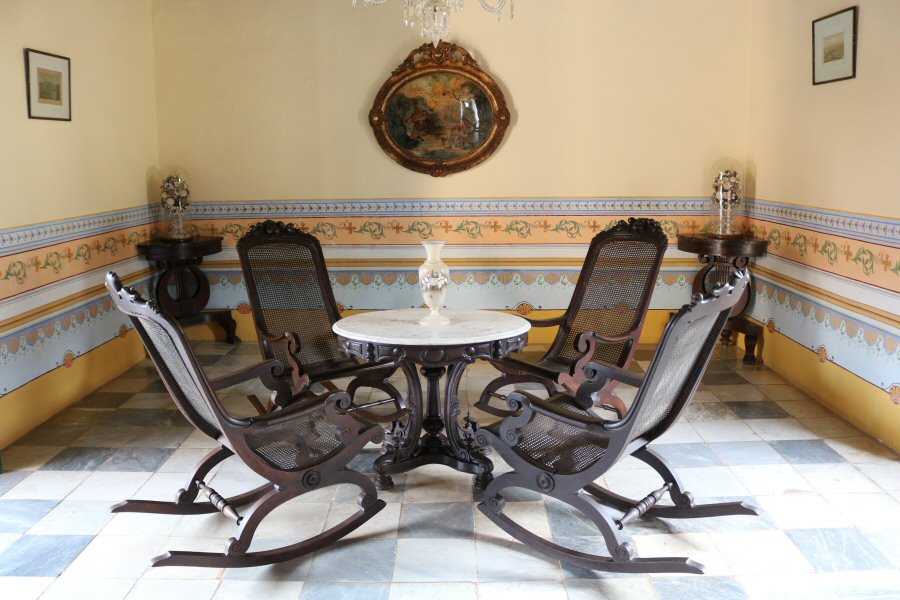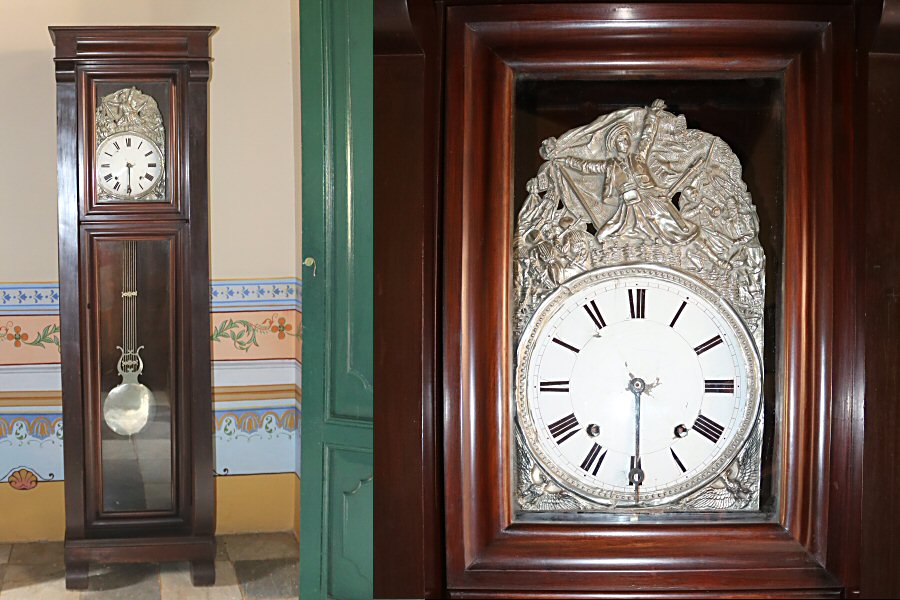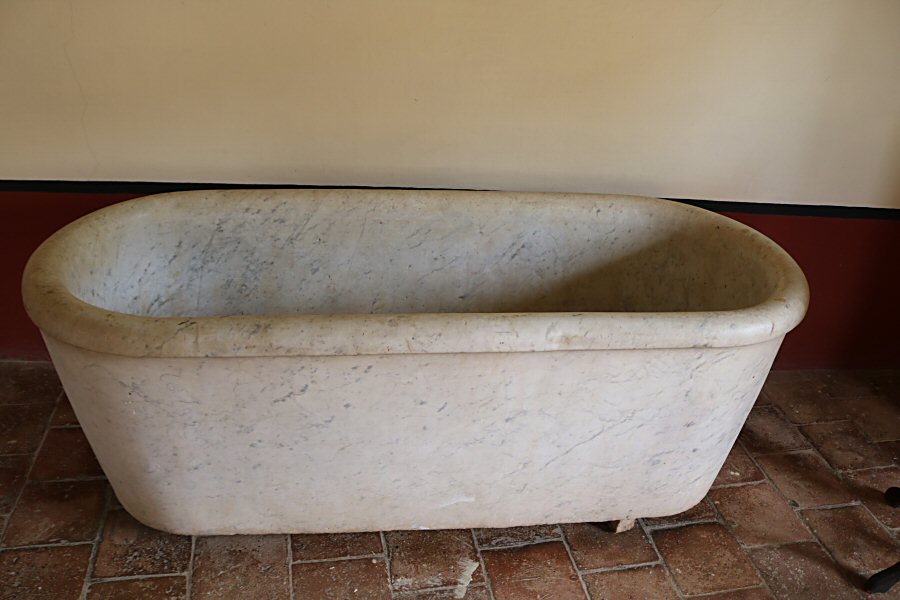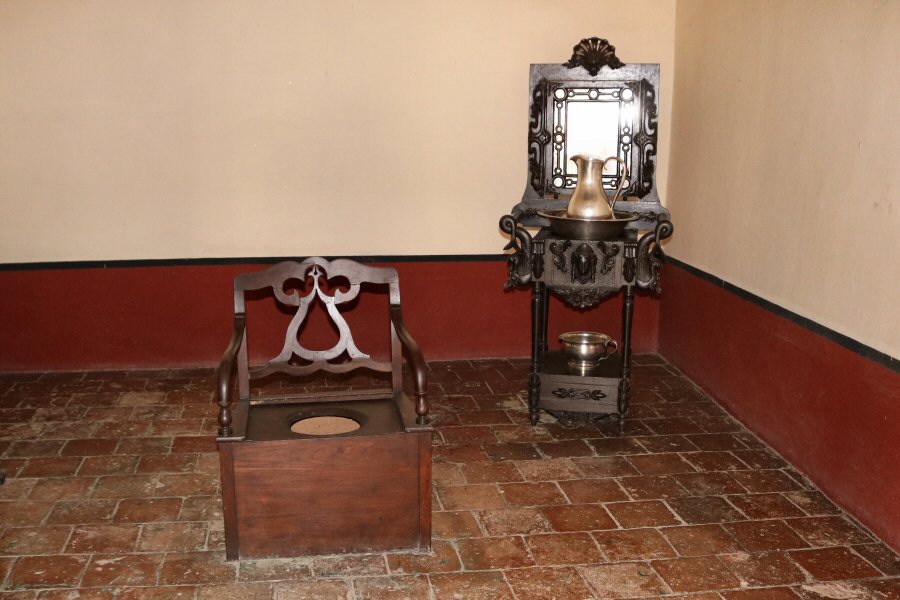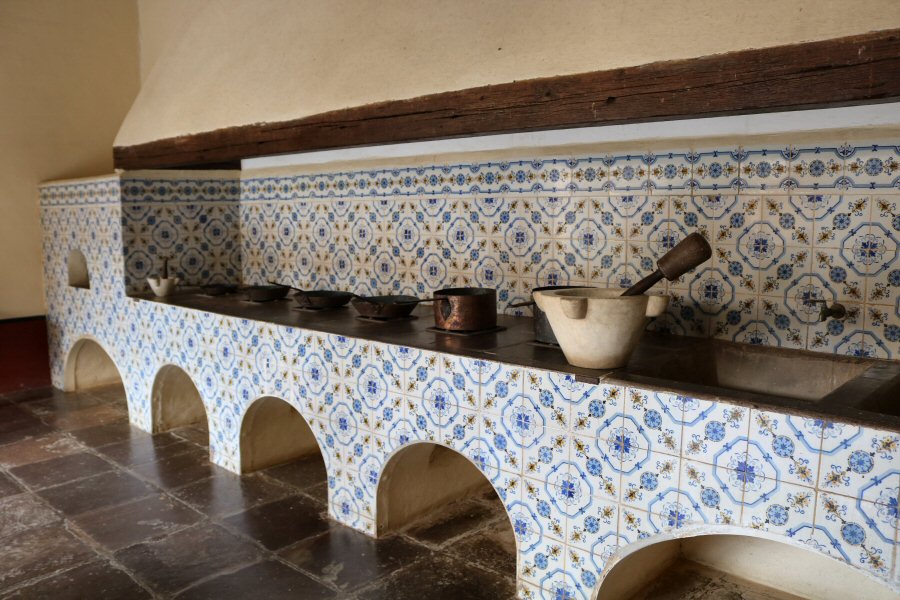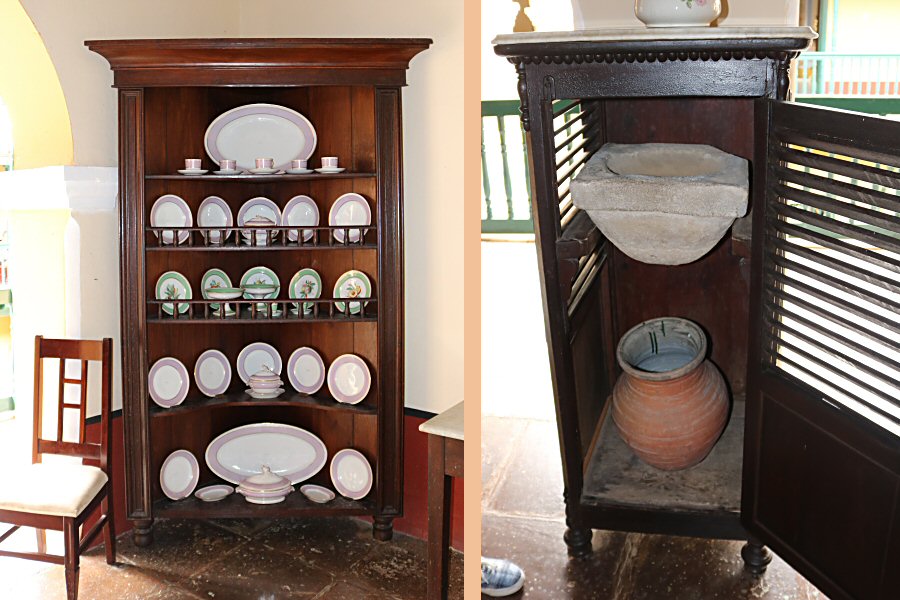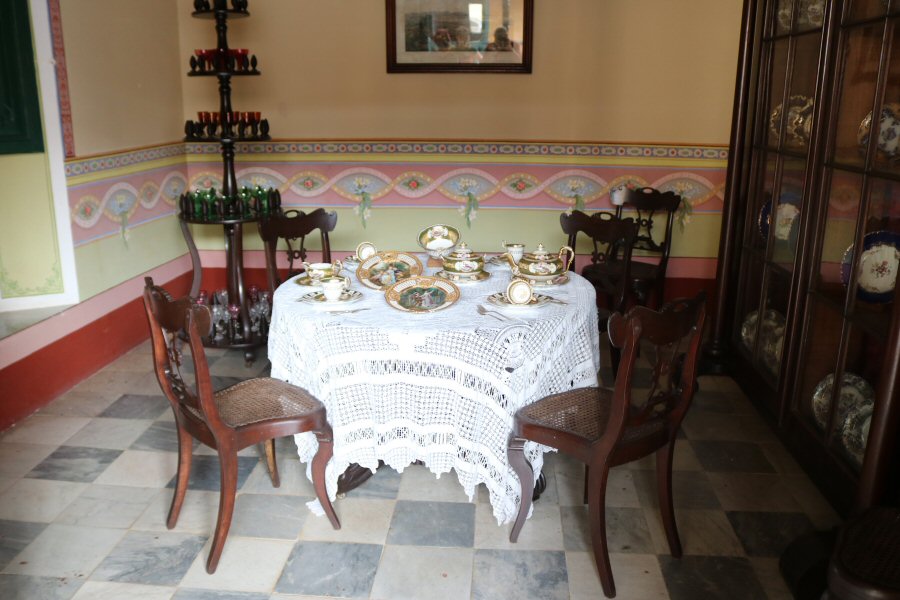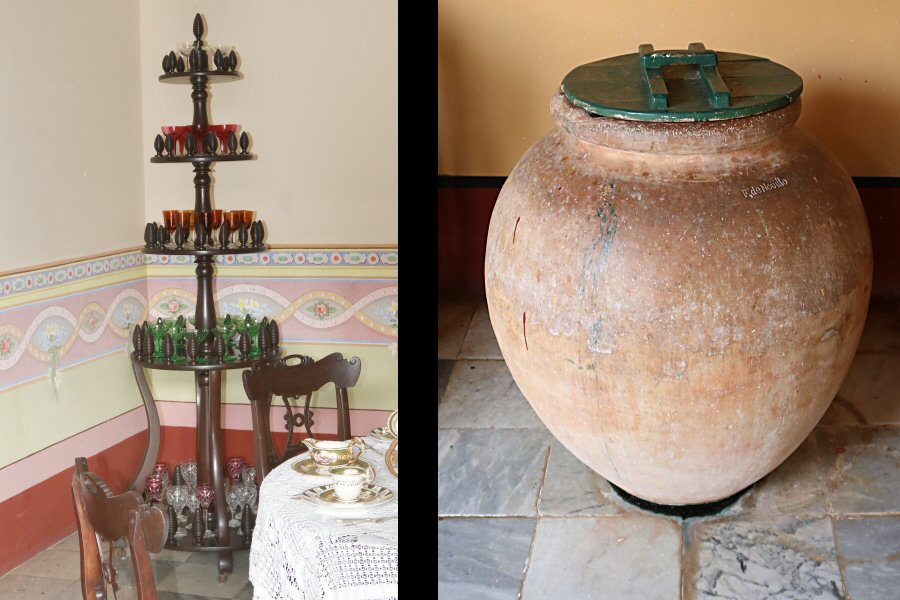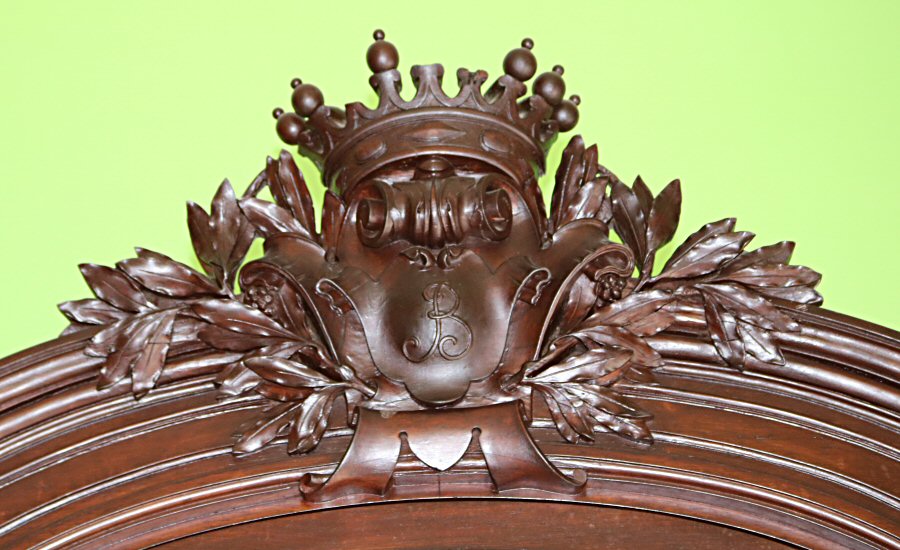
The Museum
Museo Romántico is the first museum opened in Trinidad.
It houses one of the most valuable collections of decorative arts in Cuba and authentically recreates the city's 19th-century atmosphere. Though the objects in the museum have been gathered together from various buildings all over the town, there is a wonderful consistency and completeness to the collection.
Brunet Palace constitutes a good example of domestic architecture that was dominating in the 18th and 19th centuries in Trinidad. Large landowners, who made huge fortunes from the slave trade and sugar cane, competed with each other to build larger mansions, and for this purpose, they did not hesitate to spend large amounts of money to build buildings with prominent verandas, walls or floors. Indeed, the Brunet Palace was distinguished by its Andalusian courtyard, which at that time was considered the most beautiful in the Caribbean region.
While features of the Mudejar style can be seen on the ground floor, the upper floor has neoclassical architectural lines due to the difference in time period during the construction of the mansion. The facade with large arches on pillars that form the portal, the marble pavement, and the cantilevered balcony with decorated iron railings are considered among the prominent features of the house.
The museum provides service with 14 rooms. These include reception rooms, main dining room, small dining room for special uses, living rooms, bedrooms, bathroom and latrine. Those who visit the museum have the opportunity to see closely the splendor experienced by the city's elite during the colonial period, especially between 1830 and 1860. The rooms contain a wide range of furniture and exquisite pieces, such as tableware, silverware, linens, cedar cupboards, porcelain and crystal from the most famous European factories, Limoges, Maissen, Bohemia, Murano, Bacarat, Sevres, among others.
From this collection, some objects stand out, such as the furniture in the master bedroom, particularly the Spanish four-poster bed made of bronze and mother-of-pearl and the French wardrobe from 1852, constructed without nails or screws.
The German showcase from Meissen in which a gold and ruby pen and various objects, made of mother-of-pearl, ivory and porcelain are displayed, among the most valuable pieces exhibited in the museum.
The writing desk dating from the time of Maria Theresa of Austria, is preserved in perfect condition.
The Italian marble floor, the original painted earthenware tiles in the kitchen, the furniture built by master cabinetmakers in which the typical upholstery was replaced with straw that was more appropriate to the climate of the Island and the mural paintings and frescoes that decorate the walls of the mansion should be not overlooked.
The balcony from the second floor of the museum offers some of the best views of the Plaza Mayor.
There are English speaking guides in each room that help you understand the significance of what you see.
Museo Romántico is the first museum opened in Trinidad.
It houses one of the most valuable collections of decorative arts in Cuba and authentically recreates the city's 19th-century atmosphere. Though the objects in the museum have been gathered together from various buildings all over the town, there is a wonderful consistency and completeness to the collection.
Brunet Palace constitutes a good example of domestic architecture that was dominating in the 18th and 19th centuries in Trinidad. Large landowners, who made huge fortunes from the slave trade and sugar cane, competed with each other to build larger mansions, and for this purpose, they did not hesitate to spend large amounts of money to build buildings with prominent verandas, walls or floors. Indeed, the Brunet Palace was distinguished by its Andalusian courtyard, which at that time was considered the most beautiful in the Caribbean region.
While features of the Mudejar style can be seen on the ground floor, the upper floor has neoclassical architectural lines due to the difference in time period during the construction of the mansion. The facade with large arches on pillars that form the portal, the marble pavement, and the cantilevered balcony with decorated iron railings are considered among the prominent features of the house.
The museum provides service with 14 rooms. These include reception rooms, main dining room, small dining room for special uses, living rooms, bedrooms, bathroom and latrine. Those who visit the museum have the opportunity to see closely the splendor experienced by the city's elite during the colonial period, especially between 1830 and 1860. The rooms contain a wide range of furniture and exquisite pieces, such as tableware, silverware, linens, cedar cupboards, porcelain and crystal from the most famous European factories, Limoges, Maissen, Bohemia, Murano, Bacarat, Sevres, among others.
From this collection, some objects stand out, such as the furniture in the master bedroom, particularly the Spanish four-poster bed made of bronze and mother-of-pearl and the French wardrobe from 1852, constructed without nails or screws.
The German showcase from Meissen in which a gold and ruby pen and various objects, made of mother-of-pearl, ivory and porcelain are displayed, among the most valuable pieces exhibited in the museum.
The writing desk dating from the time of Maria Theresa of Austria, is preserved in perfect condition.
The Italian marble floor, the original painted earthenware tiles in the kitchen, the furniture built by master cabinetmakers in which the typical upholstery was replaced with straw that was more appropriate to the climate of the Island and the mural paintings and frescoes that decorate the walls of the mansion should be not overlooked.
The balcony from the second floor of the museum offers some of the best views of the Plaza Mayor.
There are English speaking guides in each room that help you understand the significance of what you see.
